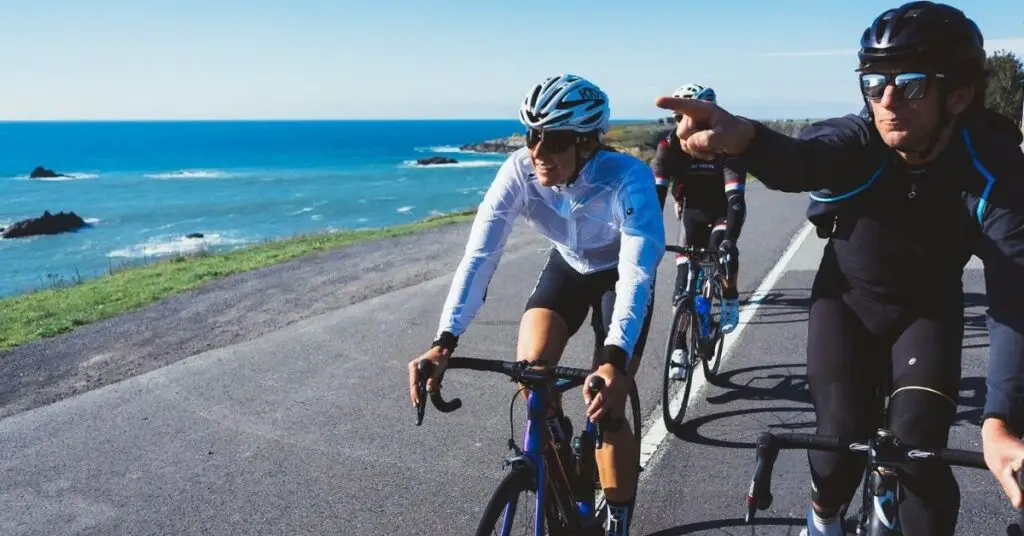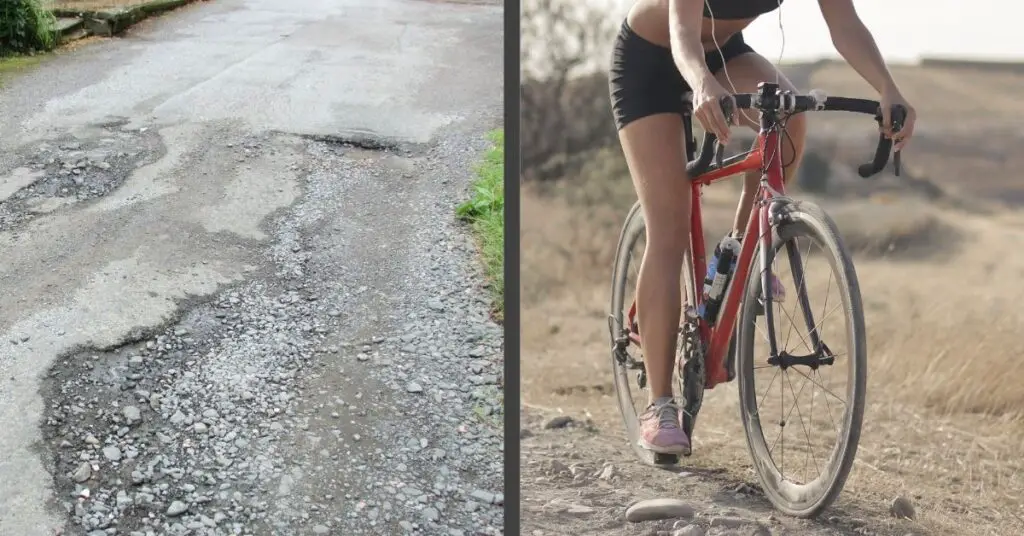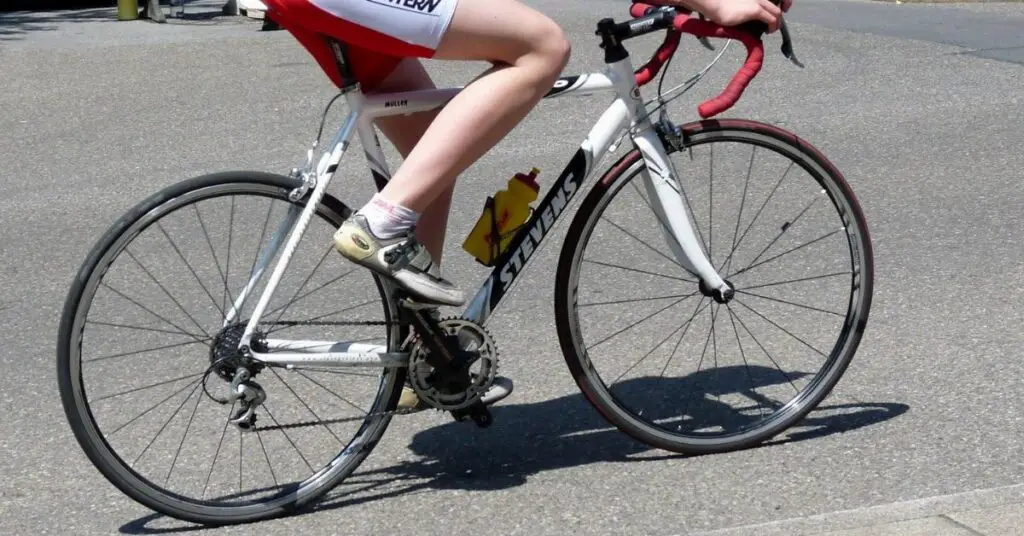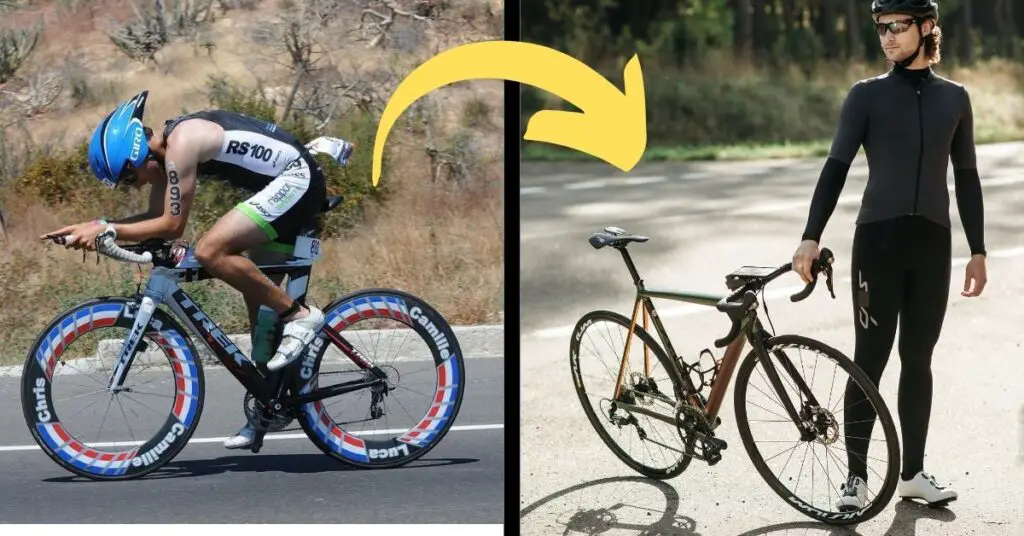We all know gravel bikes are the “go-to bikes” if you love adventure and like exploring different terrains. Because of their versatility, it makes us wonder if they can also be used to tour?
In this article, we’ll be answering the foremost questions on your mind about gravel bikes. Are they good for touring? How do they perform on long tour rides?
We’ll also be discussing the similarities between gravel and touring bikes and the possibilities of setting up a gravel bike for touring.
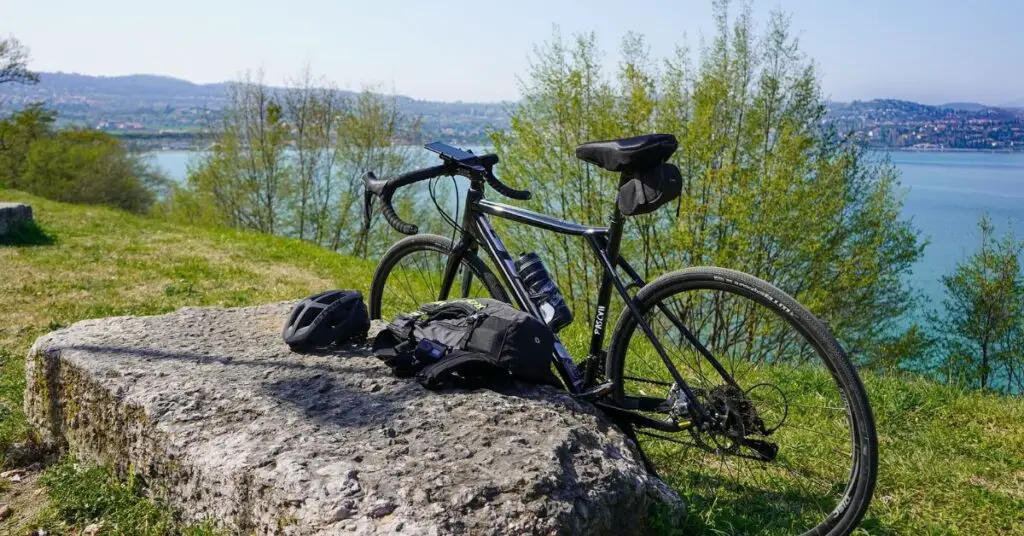
Are Gravel Bikes Good for Touring?
Gravel bikes are ideal for Touring as they are multi-purpose bikes. This means they are designed to suit different terrains, riding conditions, and riding styles.
Gravel bikes provide stability. This gives you better handling of your bike on rough terrains, a feature that is essential for touring.
A Gravel bike is also good for touring because it enables you to sit uprightly. This position gives you the comfort that is needed for long rides. This also enables you to avoid body aches and injuries even after riding for long.
In the next section, we’ll discuss in detail the features that make gravel bikes good for touring.
You should however keep in mind that all gravel bikes aren’t the same. Manufacturers make them differently and have diverse and unique features.
So some are better suited for touring than others. We’ll be discussing this in detail in another heading and give examples of some gravel bikes that are better suited for touring.
7 Reasons Why Gravel Bikes Can Be Ideal for Touring
There are several features gravel bikes share with touring bikes that make them ideal for touring.
1- Steel Frames
Touring bikes come mostly in steel frames to endure the punishments of the road, bear load well, and last longer on rough roads without bending.
Though gravel bikes are mostly made with aluminum and carbon frames, some gravel bikes are made with steel. This makes them suitable for touring and long-distance rides. If your gravel bike has a steel frame then you are in luck.
2- Disk Brakes
Gravel bikes have disc brakes just like touring bikes. This type of brake makes it easy to control and stop your bike even on rough terrains. It is smooth and easy to use and preferred in wet conditions. This is another reason gravel bikes can be used to tour without fear or doubt.
3- Rack Mounts
Unlike other bike types, most gravel bikes come with rack mounts and fenders just like touring bikes. This makes it ideal for touring because it allows carrying loads, camping gear, and extra bags.
4- Handlebars
Most touring and gravel bikes come with drop handlebars. You can also have the handlebars switched to your choice if you want something different.
Drop handlebars give you the option of changing your wrist hand positions so you don’t exert your muscles in a position on a long ride.
5- Lower Gearing
Gravel bikes usually come with gearing that is suitable for climbing and descending well. Generally, this gearing suits different terrain conditions.
Though touring bikes come with lower gearing compared to gravel bikes as they mostly come with triple cranksets that have granny gears, gravel bikes are, nevertheless, not unsuitable for the terrains you’ll be encountering on your tours.
6- Strong Wheels and Tires
Gravel bikes come with wide tires, even wider than that of touring bikes. They are suitable for on and off-road touring and can promise durability. Snow, mud, loose gravel, and mud are better tackled by wider tires.
The width can make it difficult to handle the bike on some terrains so you can reduce it as much as your wheels can allow so it can look more like touring tires.
Gravel bikes also have wheels that can support the loads you’ll be carrying for touring in addition to your weight.
7- Comfortable Position
We can imagine how riding for hours in a bent (aerodynamic) position would hurt our backs. However, on gravel bikes, the frames and saddles are designed to make you sit in an upright position. This provides the comfort that is needed for long-distance rides.
Your weight is evenly distributed on the bike and you can pedal and maintain a high cadence with ease.
How Do Gravel Bikes Perform on Long Tour Rides?
Gravel bikes perform excellently well on long tour rides because they are better equipped to handle any kind of road you may encounter while touring. The wheels and tires are sturdy so you would rarely get flat tires or bent wheels whichever road you ply.
The option of steel frames also makes them easier to repair if broken. You can easily weld them.
Gravel bikes also perform well on long tour rides because you can carry all that you’ll be needing on your tour, on your gravel bike without the fear of instability.
Using Gravel Bikes for Bikepacking?
Gravel bikes are great for bikepacking due to these reasons.
1- Usually, you can use any bike for bikepacking but gravel bikes are most suitable because you’ll be cycling more on dirt roads, gravel roads, and sand. Because you’ll be off-road most of the time, you need a bike that has the right tires as well as the provision to carry luggage.
The fat tires of a gravel bike will be an advantage here; keeping you steady and balanced while you enjoy nature and the scenery around you.
2- The comfort that the upright position on gravel bikes give keeps you balanced despite the bags and panniers attached to your bike.
You spend more time enjoying your adventure than worrying about control and handling.
Does a Gravel Bike Make Touring Harder than a Touring Bike?
Gravel bikes can be harder to tour on, when compared with Touring bikes (which are made specifically for this purpose).
We have discussed in detail the possibilities of using gravel bikes for touring and how they perform. We now know that it can be done.
However, Gravel bikes are different from touring bikes and while they are excellent for touring, there can be some setbacks that can make touring a little hard.
1- Frames
Not all gravel bikes come with steel frames. Some come in carbon, aluminum, or titanium frame. Using this type of gravel bike for touring can be hard because they aren’t strong enough to withstand long-distance rides and rough roads.
Even with the steel frames, some gravel bikes won’t be as strong as touring bikes and will be best suited for light touring.
Gravel bikes also come with fewer spokes (usually 32) than touring bikes (usually 36). This makes touring bikes stronger as their wheels will be better suited to carry heavier loads.
2- Build
Most gravel bikes are similar to road bikes. They are strong and sturdy but they are built more for speed than strength.
These kinds of gravel bikes will be very fast on roads but will not be strong enough for touring, bikepacking, or long rides.
3- Mounts
Touring can be hard on gravel bikes when compared with touring bikes because most do not even come with mounts or eyelets. Mounting racks, panniers, and bags on them for touring can be difficult.
If you are looking to buy one for touring, make sure it has mounting points. But if you have one already, it is unlikely it came with mounting points and this can be a headache. You may have to opt for seat post racks if your bike can use one.
4- Gears
Gravel bikes have larger gears compared to touring bikes.
If you’re going to be touring on flat terrains, this won’t be a problem.
But touring on roads with hills and mountains is going to be harder. There won’t be small gears for you to climb easily, unlike touring bikes that come with triple cranksets and have granny gears.
Gravel Bike Touring Setup
Your gravel bike should be properly equipped for touring but you should make sure that the loads you are carrying aren’t going to be hindering your brakes and handling.
Here’s what you’ll need to set up your gravel bike for touring:
1. Handlebar Bag
Use handlebar bags for essentials, especially for items you want to easily have access to. This is where your headlamp, wallet, sunglasses, phones, and earphones will be kept.
Your handlebar bag will come with two clutches that you can roll up either side of your handlebar, on either side of the stem.
You can also put your digital camera inside. If it has side pockets, you can keep extra screw racks there, in case your screw racks get loosened or need to be replaced.
Note that your handlebar bag will be as big as your handlebars. Flat handlebars accommodate bigger bags. Your handlebar bag should not disturb your shift and brake levers.
2. Rear Panniers
Your panniers will be attached to your racks. You can attach two panniers, one on the left and the other on the right.
Put your camping gear in one of your panniers, probably the left one. Also, put your sleeping mat, tent, clothes, night lamp, etc inside.
You can also put your bike lock and key. This is to keep your bike from getting stolen when you camp. Don’t forget chain lube, to keep your chain lubricated at all times.
You also need tools; tools to do minor repairs on your bike. These can be kept in your right pannier. You can also carry an extra pair of shoes, underwear, electronic items like chargers, laptops, power banks, etc.
3. Frame Bag
Your frame bag will come with clutches that can be attached to the top of your frame while the bag sits underneath the frame. This will keep it out of your way.
If your bike can use a long frame bag, you can put your tent poles in it. You can also get a customized bag for your tent poles and use a bungee cord to attach it to your rack.
Your frame bag can be used to hold extra clothes that didn’t fit into your panniers or your other properties that haven’t been mentioned.
You can use frame bags, saddlebags or under-seat bags, handlebar bags, etc. It all depends on how long you'll be touring and if you'll be sleeping at hotels or camping.
For heavy loads, you can opt for full suspension frame bags, use saddlebags that are properly attached to your seat post or saddle rails, and use big size panniers. Just ensure you aren’t over-tasking your bike.
If you are touring during the wet season, set up your gravel bike with waterproof bags to protect your properties.
Before buying bags to set up on your bike, make sure they are the right size and they can easily fit your bike. Also, ensure that they can be attached to your bike firmly and won’t be swinging as you ride.
A Good Gravel Bike for Touring
Based on the features to look out for in a good gravel bike, below are two gravel bikes you can consider buying for your next adventure trip.
1- The Marin Nicasio Plus Gravel Bike
This bike is made of steel so it is strong and designed to endure the hardships of the road that you will encounter while touring.
This bike also comes with a rack and mudguard mounts so you can easily attach your racks and set it up for touring.
It comes with only one chainring of 42T, so there’s no fear of chain drop while riding those tough roads. The 11- 46 cassette also gives you a wider range of gears that makes it possible to climb with this bike with ease.
It has strong tires of 650B x 47mm which makes it sturdy and suited for off roads. Disc brakes for easy control and drop bars for comfort also make this bike a good choice.
2- The Kent Eagle Ridge Gravel Bike
Made of steel, this bike is built to last on adventures and long tour trips. It has strong rubber tires of 700c that you can reduce to your preferred size.
What more? It is affordable. It comes with a comfortable saddle that protects you from aches and sores even on a long trip.
It has drop-bar handlebars so you can change your hand positions to give you comfort. Also, it comes with a strong Shimano derailleur that is durable.
Final Thoughts!
Gravel bikes are good for touring because they share similar features to touring bikes. They are strong, big, and comfortable.
Some gravel bikes share similarities with road bikes and are built for speed while some are designed like mountain bikes; built for comfort, strength, and durability. So if you want gravel bikes for touring, go for these ones (the latter ones).
Gravel bikes perform well on long tour rides and are great for bikepacking. They however can be a little harder than touring bikes for touring purposes. This is because some gravel bikes aren’t made of steel, don’t have mounting points, and have too large tires.
Set up your gravel bikes for touring with appropriate frame bags, saddlebags, under-seat bags, handlebar bags, and stem bags. Just pack as much you would need on your trip but don’t overwhelm your bike. Also, ensure that your panniers and bags aren’t dangling or swinging as this can affect control.
Cheers!

